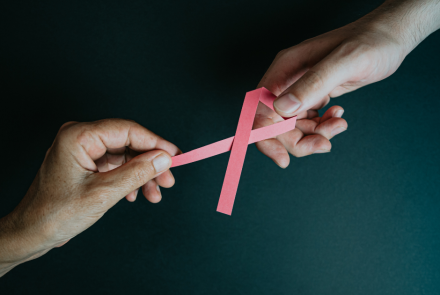Bug bites, rashes, dehydration, and sunburn are among the most common summertime ailments. Stock up your medicine cabinet now so you’re prepared to prevent these problems, and to treat them if they occur. Carin Shapiro, MD, a family physician at Orangetown Family Practice, recommends having these products on hand:
Aloe: For sunburn, products containing aloe can provide relief.
Calamine lotion: For bug bites, poison ivy or sunburn, calamine lotion can soothe the skin and reduce itchiness.
Cool compresses: A washcloth soaked in cool water can relieve a sunburn, poison ivy or heat rash.
Hydrocortisone cream: For bug bites and skin rashes caused by poison ivy or heat, try hydrocortisone cream or other topical steroid creams.
Insect repellent: To protect yourself against bites from mosquitoes and ticks, the Centers for Disease Control and Prevention recommends using insect repellent containing DEET, picaridin, IR3535, oil of lemon eucalyptus, para-menthane-diol, or 2-undecanone. Apply bug repellent before going outside, especially if you’ll be walking in the woods or long grass.
Oral antihistamines: For bug bites, heat rash or poison ivy, oral antihistamines such as Benadryl, Claritin or Allegra can help reduce itchiness.
Over-the-counter pain relievers: Ibuprofen or acetaminophen can help reduce the pain from sunburn or discomfort from heat rash.
Sports drinks: The best way to deal with dehydration is to prevent it in the first place. That means drinking plenty of fluids—especially water—throughout the day if you’re spending a lot of time outside on a hot day. But if you start to feel a little dehydrated, beverages that contain sugar and electrolytes, such as Gatorade, can help.
Sunscreen: Prevent sunburn by using sunscreen with at least SPF 30, Dr. Shapiro advises. “Apply it 15 minutes before you go out, and be sure to reapply it every two hours—even if you’re using waterproof sunscreen,” she says. If you or your child are prone to rashes, look for products designed for sensitive skin.
Topical antihistamine: Benadryl in spray or gel form can relieve itchiness from poison ivy or heat rash.
Tweezers: If you find a tick on yourself or your child, you’ll need a pair of fine-tipped tweezers to remove it. If you find a tick, grasp it with tweezers, as near the skin as you can, and gently pull it straight out. If you remove it before it’s been embedded for 24 hours, the tick is less likely to transmit Lyme disease.
When to Seek Medical Help
While many of the most common summertime ailments can be treated at home, there are several cases where you should head to your primary care physician’s office, urgent care or the emergency room, Dr. Shapiro says.
Rash: If your rash is getting larger, or you notice swelling or redness in other areas of your body, such as developing multiple hives after a bee sting or swollen lips, go to urgent care, she says. “If your red rash is getting redder or hotter, that can be a sign of an infection after a bug sting or bite, and you should have it looked at by a medical professional,” she adds.
If you notice a bulls-eye rash, it may be a sign you’ve recently been bitten by a tick carrying Lyme disease. Don’t try to treat it yourself—seek medical care to get evaluated.
Dehydration can quickly become dangerous. If your heart rate is up or you feel dizzy or light-headed after being in the heat, drink one to two sports drinks and water, and consider seeking medical attention.
Sunburn: Call the doctor if you have blisters, or your sunburn is accompanied by a high fever, headache, severe pain, dehydration, confusion, nausea or chills.






